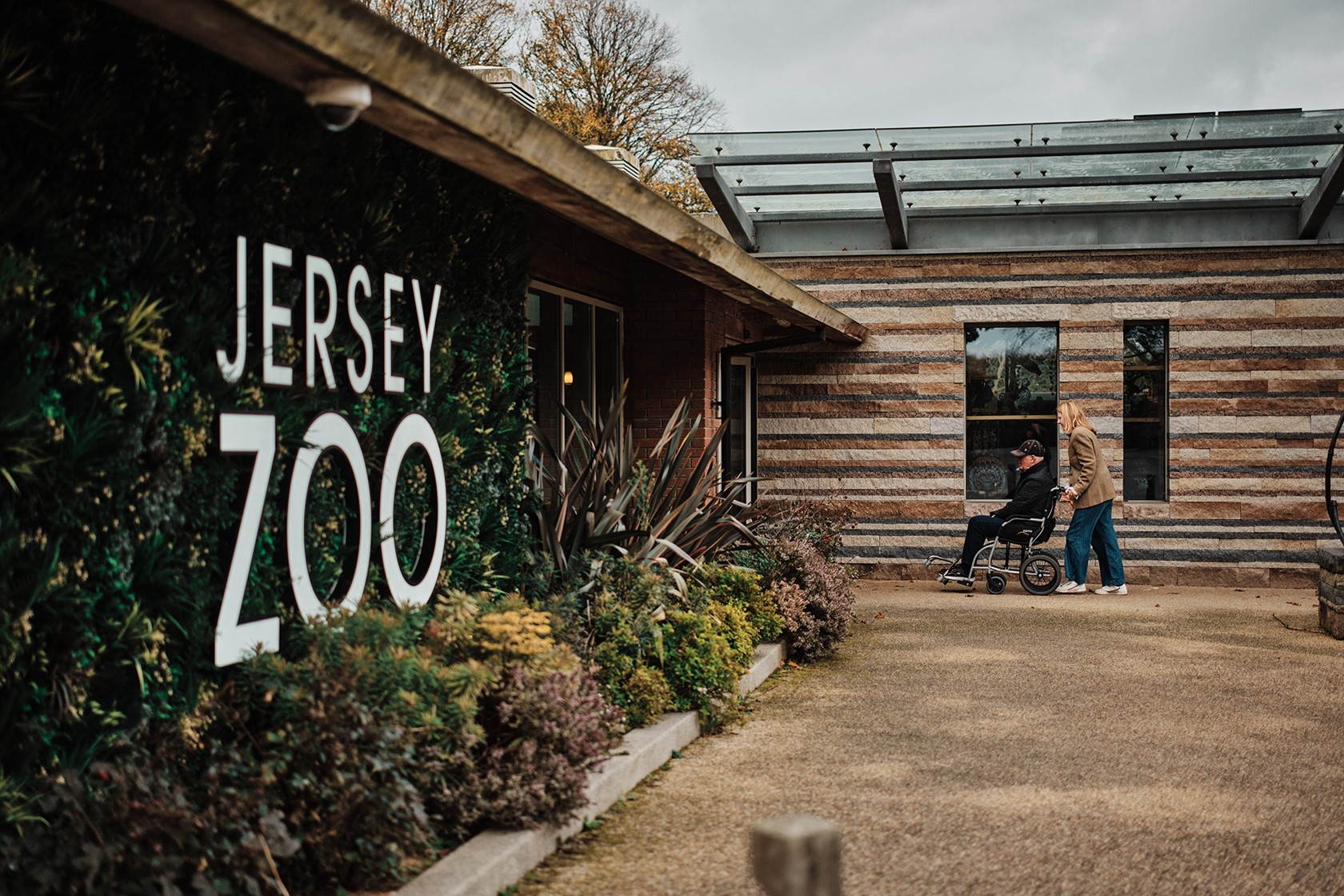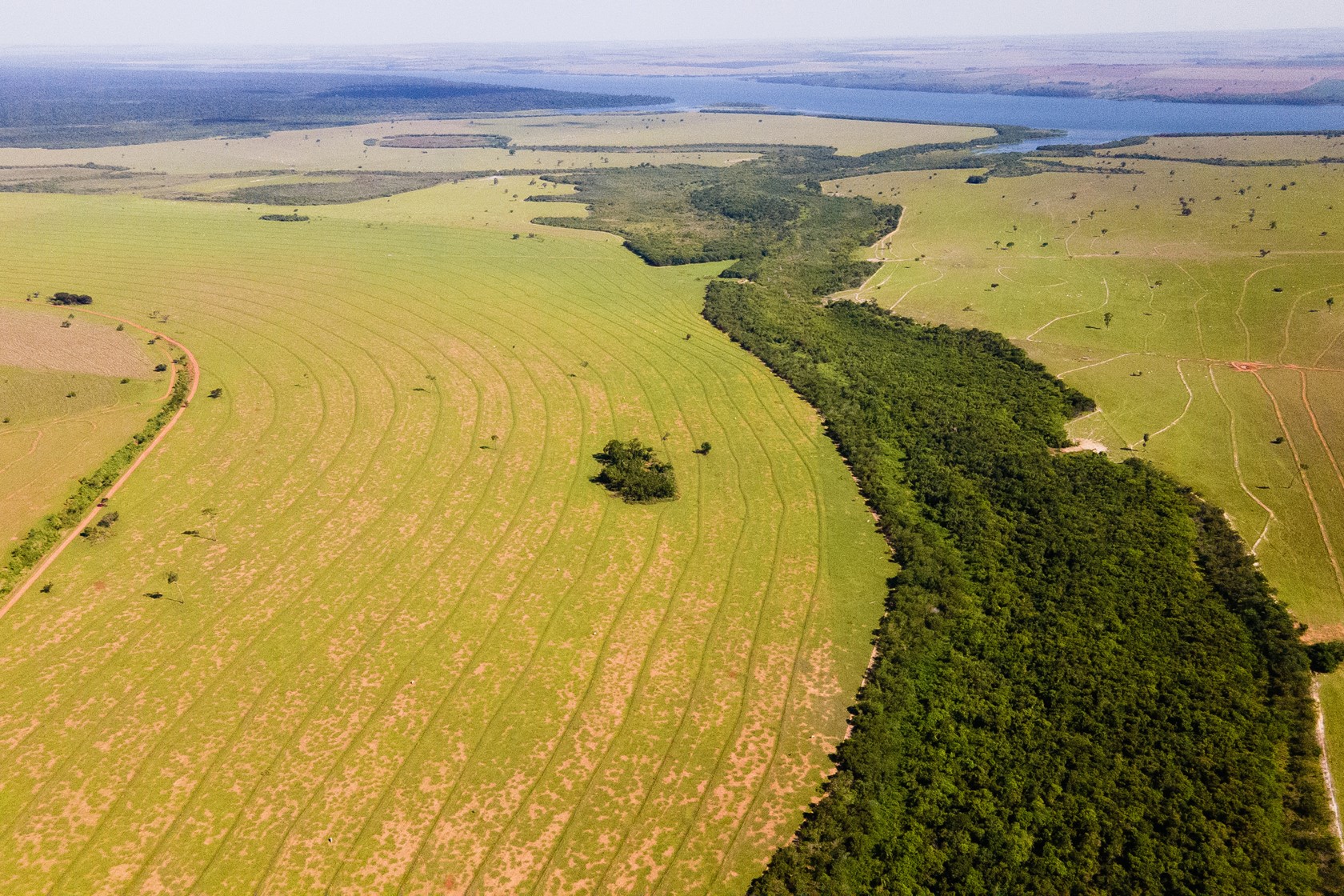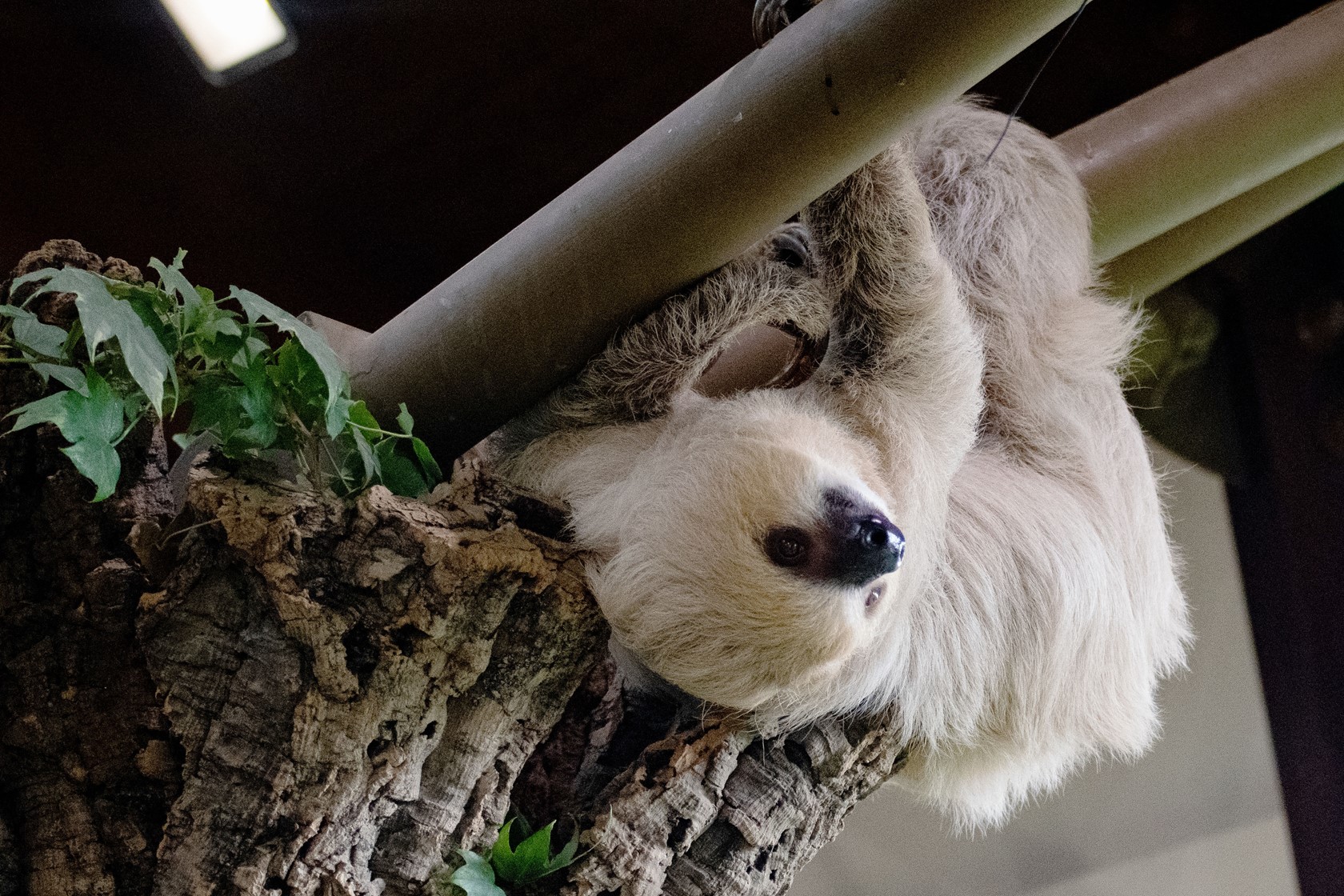Durrell Target Species in BIAZA Top Ten List
BIAZA’s Director, Dr Kirsten Pullen, says, “Most people equate zoos and aquariums to holding and protecting animals that are exotic to the UK. Certainly, during their visits, the public expect to see a wonderful range of creatures from all around the world. What is not well known is that not only do modern zoos do considerable amounts of conservation work globally, they also provide their skills and resources to help wildlife at home.”
Native species conservation efforts are often collaborative with BIAZA members setting up projects with other BIAZA zoos and aquariums as well as wildlife charities and NGOs. Modern zoological establishments provide husbandry expertise, support breeding programmes and help raise funds to ensure Britain’s wildlife has the best chance of survival in the face of increased pressures from climate change, agriculture and persecution.
1. Hazel dormouse (Muscardinus avellanarius)
Over the last 100 years the hazel dormouse has become extinct in almost half the UK counties where it used to thrive. Loss of woodland and hedgerows are the main cause of the decline, and this endangered animal is now protected by law.
In 1993 Natural England initiated a Species Recovery Programme, and today dormouse reintroduction work is coordinated by the Peoples’ Trust for Endangered Species. BIAZA zoos play a key role by breeding animals for reintroduction, including ZSL’s Institute of Zoology, the Wildwood Trust, and Paignton Zoo. The British Wildlife Centre has also provided animals for release in recent years and Berkshire College of Agriculture have just acquired their first breeding pair. Furthermore, ecological research in North Wales coordinated by Chester Zoo has helped understand what makes particular woodland good for dormice and provided data for the National Dormouse Monitoring Scheme. The Cheshire-based zoo provides training for volunteers and consultants wanting to obtain a licence to survey for dormice.
2. Red-billed chough (Pyrrhocorax pyrrhocorax)
Today, much of Jersey’s coastal habitat, formerly an important resource for farming and grazing animals, is dominated by extensive swathes of bracken. With these changes the Island has seen the loss and decline of many birds such as the skylark, yellowhammer and stonechat.
Birds On The Edge is a partnership between the Durrell Wildlife Conservation Trust, States of Jersey Department of Environment and the National Trust for Jersey. The partnership has, through the active management of Jersey’s coastland, endeavoured to restore populations of birds and bring back the red-billed chough to the Island after an absence of 100 years. Supported by Paradise Park in Cornwall, Durrell began to release captive-bred choughs in 2013. By 2015 the birds had successfully nested in the wild and bred again in 2016, so far resulting in a wild population of 30 individuals (July 2016).
3. White-clawed crayfish (Austroptamobius pallipes)
The white-clawed crayfish is the only freshwater crayfish indigenous to England. Classified as Endangered by the IUCN, its decline is mainly due to the introduction of non-indigenous crayfish and associated crayfish plague.
To safeguard this species, the South West Crayfish Partnership, which includes Bristol Zoo, Paignton Zoo, the Environment Agency, Buglife, and regional Wildlife Trusts, has developed a strategic landscape scale project. The project aims to establish safe refuges (ark sites) to maintain threatened populations and provide a captive breeding programme to produce white-clawed crayfish for wild release and brood stock for BIAZA zoos and aquariums. The Partnership has a communication and outreach programme to target key audiences and is developing techniques to control invasive crayfish species.
4. Eurasian beaver (Castor fiber)
Whilst the Eurasian beaver is currently classed as Least Concern on the IUCN Redlist, it became extinct in the UK around 400 years ago, primarily due to over-hunting.
The first official project of its kind in Britain, the Scottish Beaver Trial (SBT) was a ground-breaking five-year study to explore how beavers could enhance and restore natural environments. A partnership project between the Scottish Wildlife Trust, the Royal Zoological Society of Scotland (RZSS) and the Forestry Commission Scotland, saw the first beavers released in Argyll in May 2009. The scientific findings of the study were submitted in May 2015 and the Scottish Government is now considering the future of beavers in Scotland with a decision due to be announced in 2016.
5. Agile frog (Rana dalmatina)
Jersey is the only place in the British Isles where this frog species can be found. Its population has been declining in both range and numbers since the early 1900s and by the late 1980s there was a single fragile population in the south-west of the Island.
To prevent extinction, the Agile Frog Group, a collaboration of local environmental and conservation organisations including Durrell Wildlife Conservation Trust, launched a comprehensive Action Plan detailing threats and actions needed to save the frog. Since 2000, Durrell has been actively involved, conducting research, carrying out habitat restoration and captive rearing collected spawn to tadpole and froglet stage (head-starting) in order to increase its survival chances. Today, nearly 50,000 froglets have been released since the project began in 1987.
6. Cirl bunting (Emberiza cirlus)
The cirl bunting is a small farmland bird with approximately 800 pairs living in South Devon. Despite a relatively good population size for its home range, expansion is prohibited by farming practices and urban development.
Working alongside the RSPB, Paignton Zoo has been involved in a reintroduction programme to help establish populations of this finch-like bird to other areas. Between 2006 and 2009, chicks from a donor population in Devon were harvested and released into Cornwall, with a total of 330 young birds being reintroduced during this time. Both the donor population and the new population have been carefully monitored and there are now 52 breeding pairs in Cornwall. Believed to be the only successful passerine reintroduction in Europe, it is hoped that the knowledge and skills gained from programme can be applied to similar projects.
7. Water vole (Arvicola amphibious)
The water vole used to be a regular sight along British waterways but in recent years the species has undergone a catastrophic decline earning the label ‘Britain’s fastest declining mammal.’ The main reasons for the rapid decline are thought to be habitat loss and predation by the American mink (Neovison vison).
BIAZA members have been helping to conserve the water vole in many ways. The Wildwood Trust conducts both field studies, such as surveys for Natural England, whilst also housing one of the largest captive breeding populations in the UK. Working in partnership with local Wildlife Trusts, private landowners and developers, the Herne Bay-based park provides mitigation as well as re-introductions. The Wildfowl and Wetland Trust (WWT) have also successfully reintroduced water vole at several of their wetland reserves, including Llanelli, Slimbridge and Martin Mere.
8. Common crane (Grus grus)
The Common crane is an iconic wetland bird. Once widespread in Britain, habitat loss and hunting led to its extinction as a breeding bird by around 1600.
The Great Crane Project, a partnership between the Wildfowl and Wetland Trust (WWT), the RSPB and Pensthorpe Conservation Trust, aimed to re-establish a sustainable population of common cranes in Britain. Between 2010 and 2014, the project released 94 birds on the Somerset Levels and Moors, of which around 75 are still going strong. The released population is already successfully breeding with four fledglings recorded in 2015. BIAZA members WWT Slimbridge reared juvenile cranes from eggs collected from wild cranes in Germany, with extensive research identifying Somerset as the best reintroduction location.
9. Strapwort (Corrigiola litoralis)
Strapwort is a Critically Endangered plant in the UK as it is restricted to just one site, Slapton Ley in South West England, where it grows in shingle at the water’s edge.
Whitley Wildlife Conservation Trust (WWCT) at Paignton Zoo has been instrumental in the recovery of the last UK population which is managed in partnership with the Field Studies Council. Research into habitat and germination requirements of Strapwort by WWCT was followed by translocations of plants grown at Paignton Zoo using seeds from the millennium seed bank, Kew Gardens and the wild population at Slapton Ley. The plants have succeeded in bolstering the native population and increased its size to a sustainable level. The success of the project has resulted in a Natural England funded re-introduction of strapwort at a second site in Loe Pool, Cornwall, which is owned and managed by The National Trust.
10. Fen raft spider (Dolmedes plantarius)
The impressive fen raft spider is one of the UK’s rarest animals; found at only three sites, it is best-known from Redgrave and Lopham Fen in East Anglia. To help increase the number of UK populations, translocations were planned as part of Natural England’s Species Recovery Programme. To obtain sufficient stock without damaging the wild populations, a viable strategy of fostering spiderlings for release was devised by Dr Helen Smith, Natural England’s project coordinator, to circumvent high natural mortality.
Rearing in UK zoos started in 2011, and by 2013 ten BIAZA collections had been involved in the project - Beale Park, Bristol Zoo, Chessington Zoo, Chester Zoo, The Deep, Dudley Zoo, Lakeland Wildlife Oasis, Tilgate Nature Centre, Reaseheath College, and ZSL London Zoo. Spiders were raised individually in test tubes before release into suitable sites in autumn. In all approximately 6,000 spiders were released over a three year period. Monitoring shows that populations have established well and their range is extending.

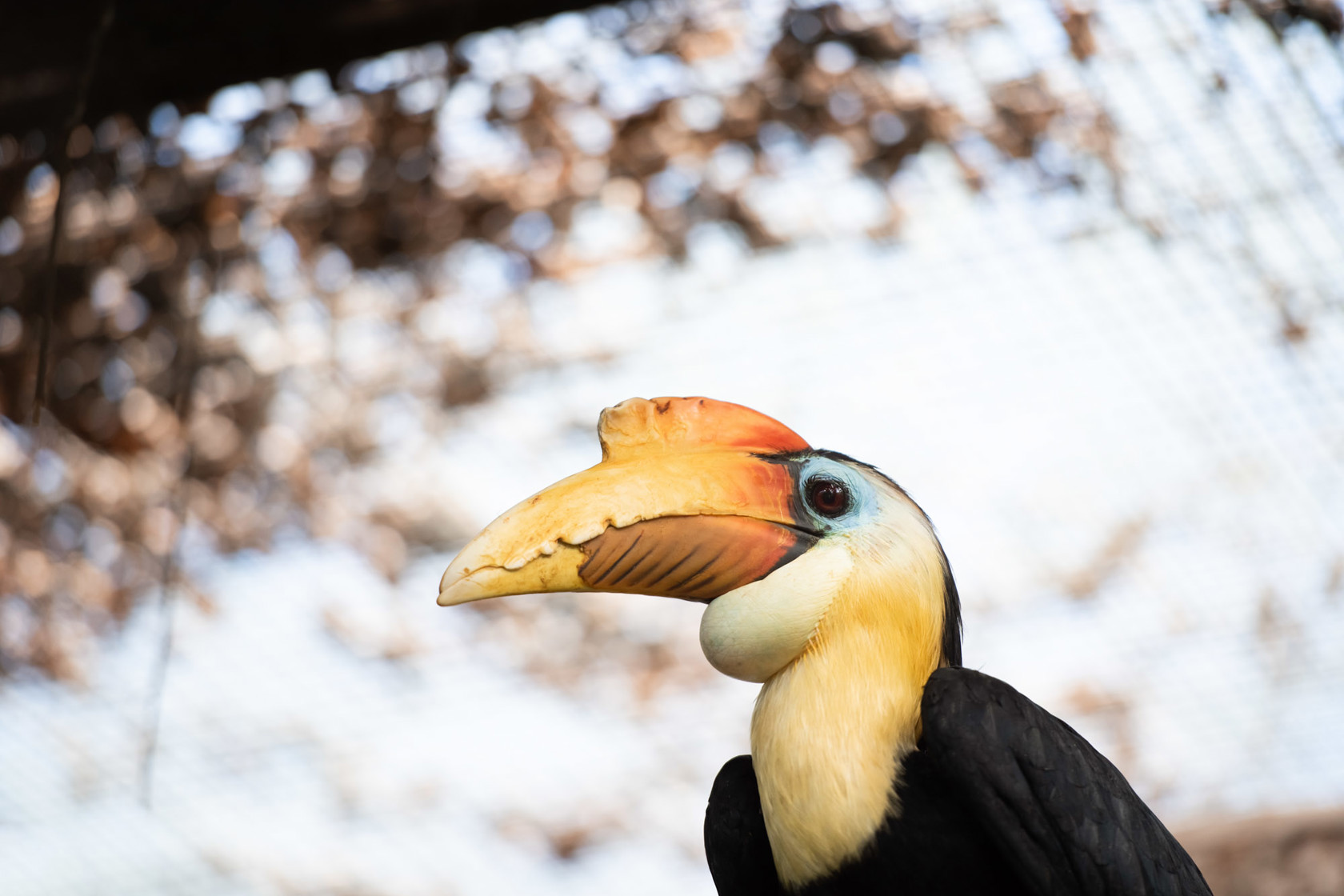
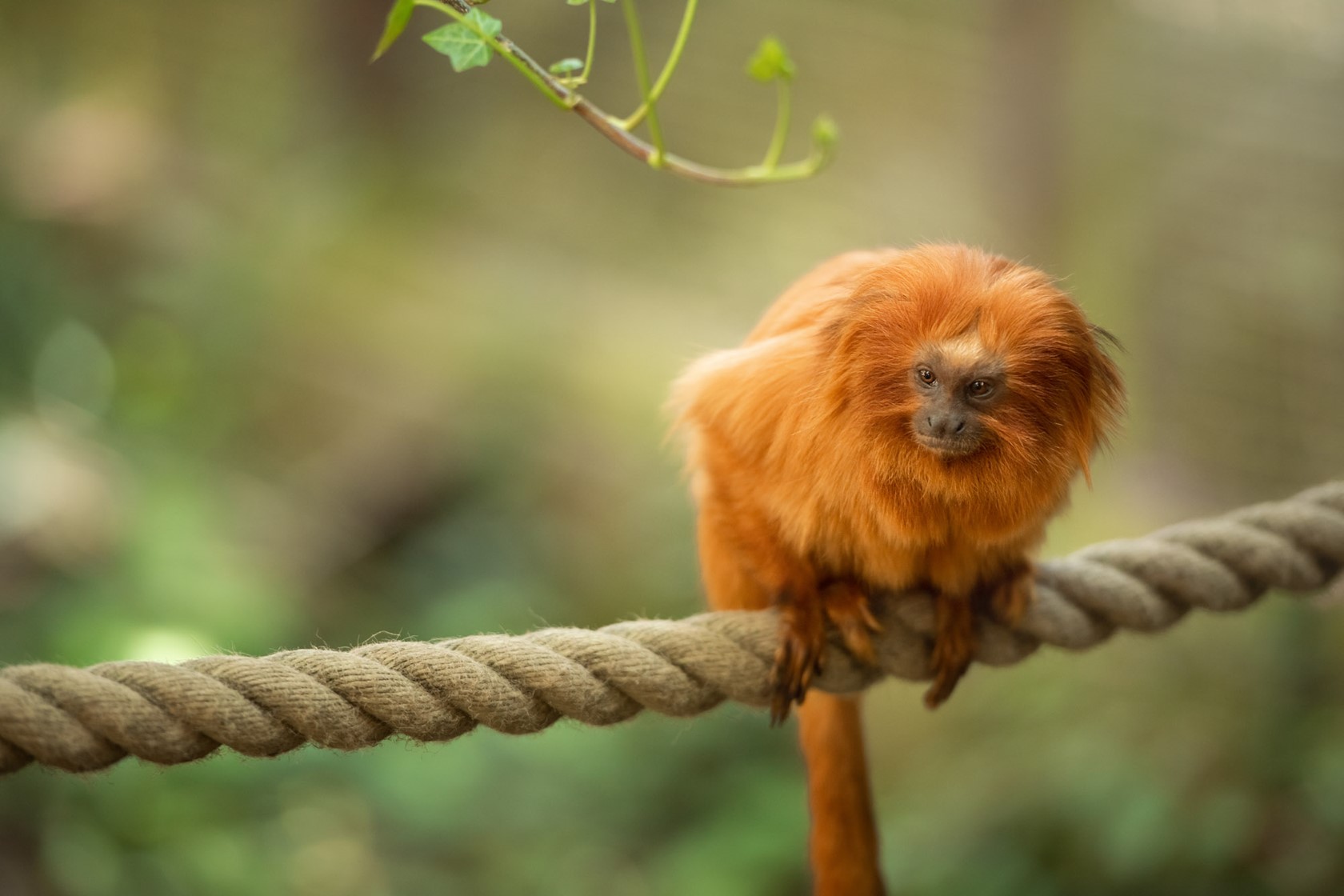
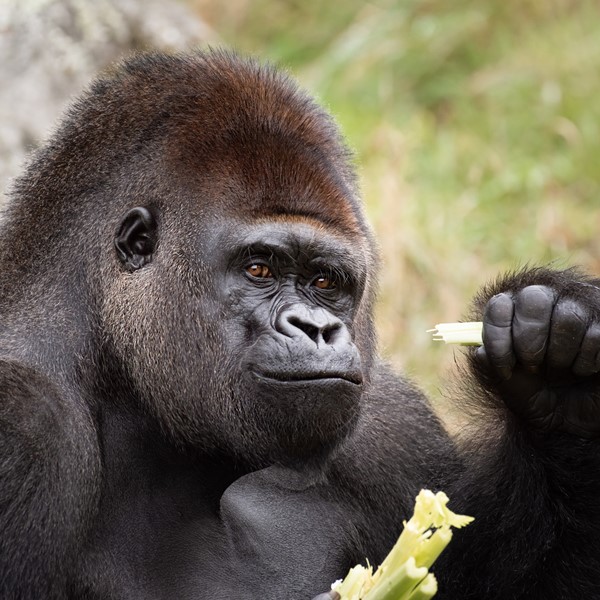 Mammals
Mammals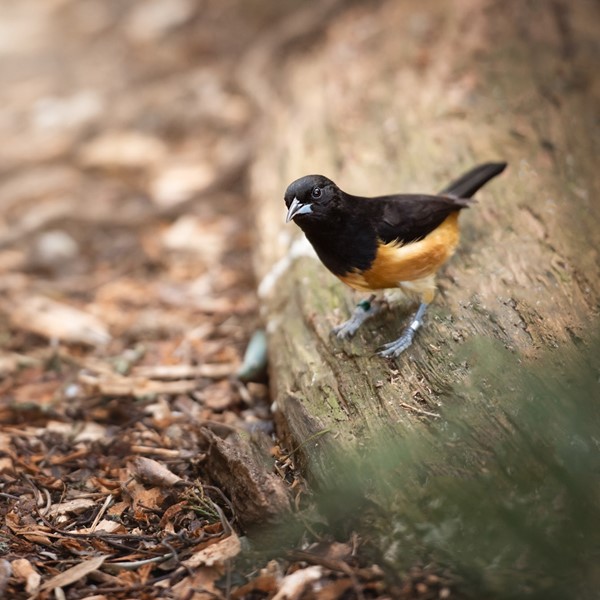 Birds
Birds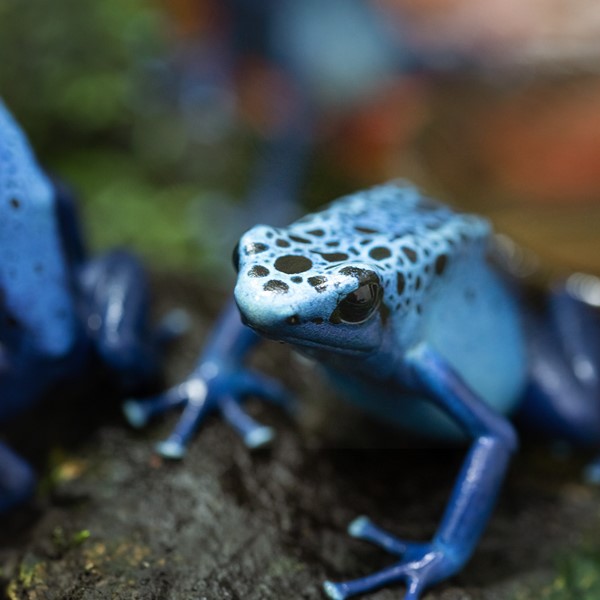 Amphibians
Amphibians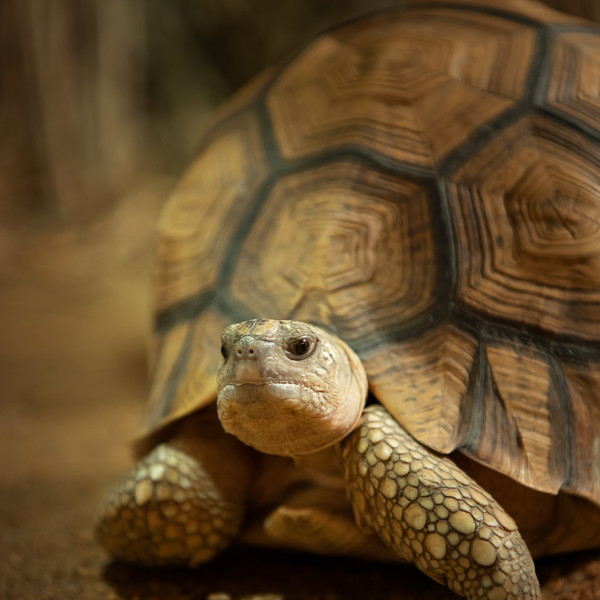 Reptiles
Reptiles